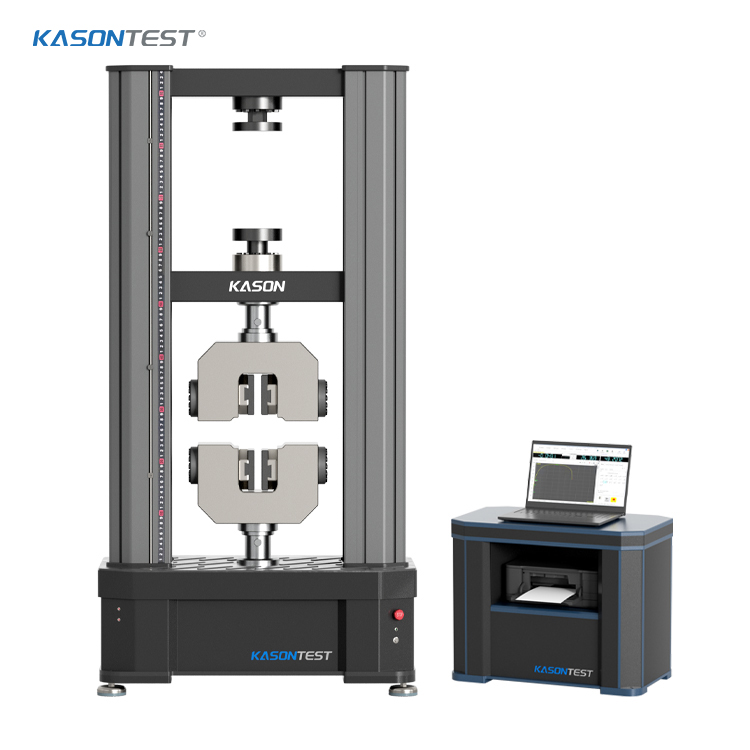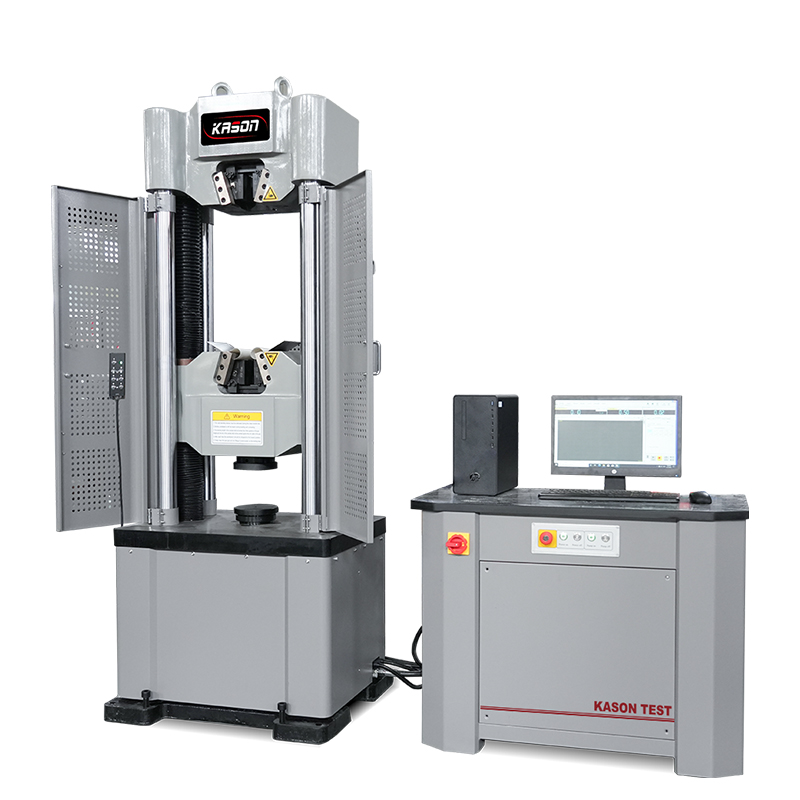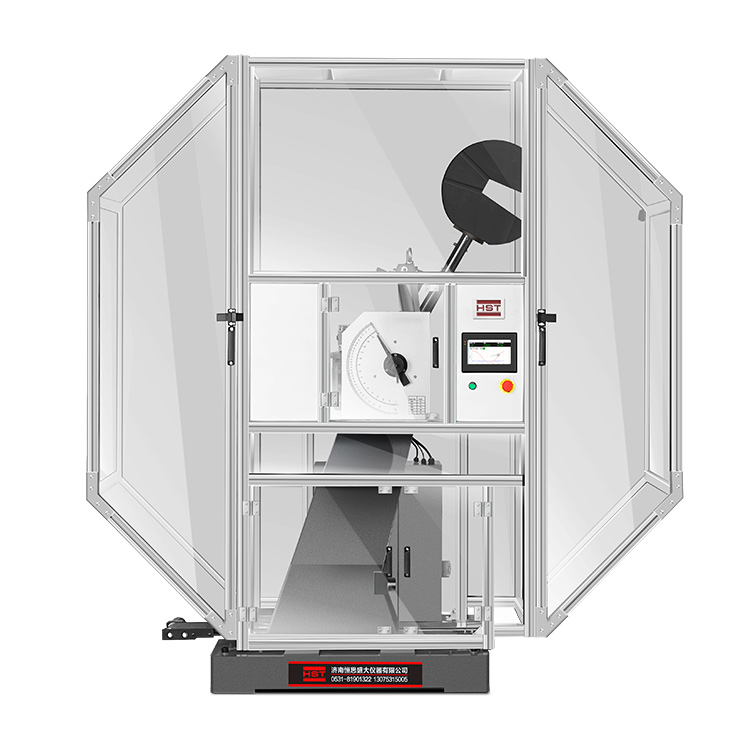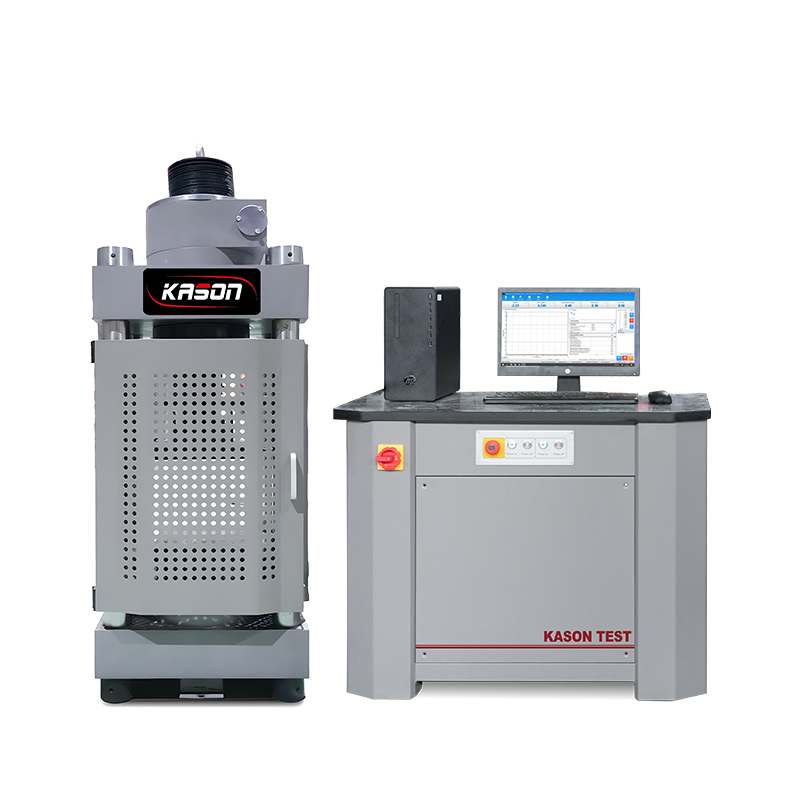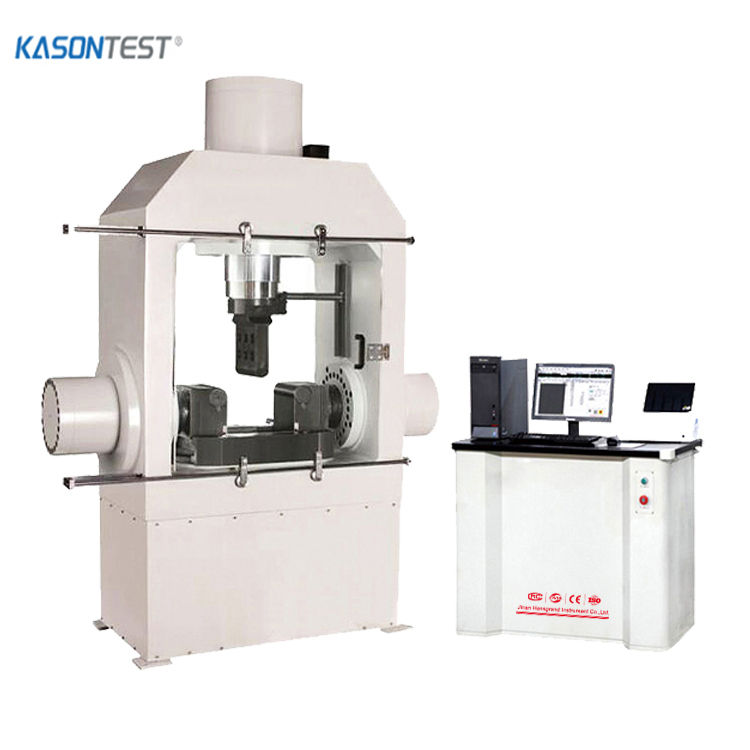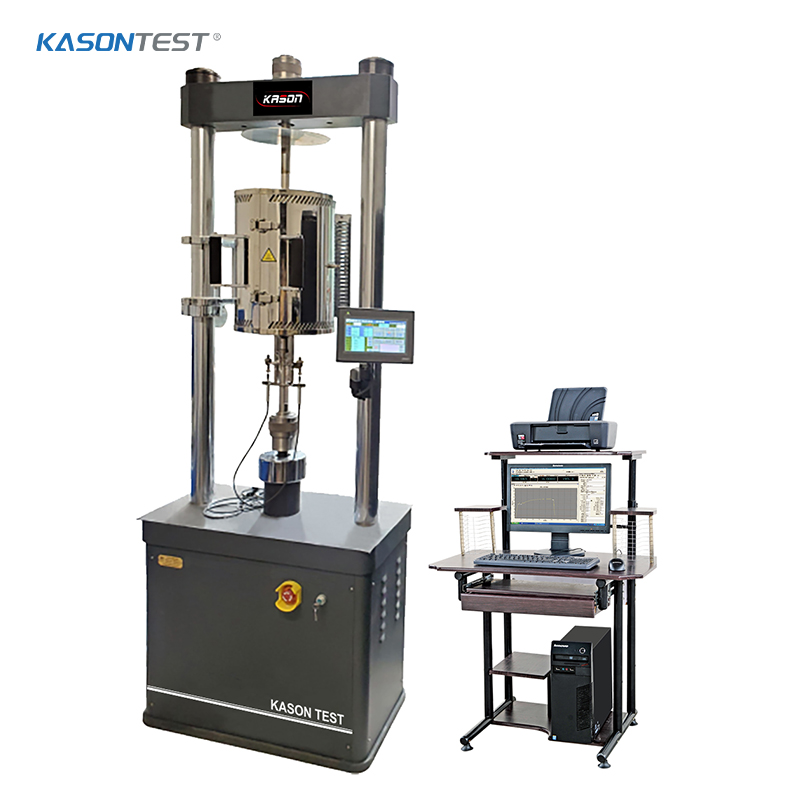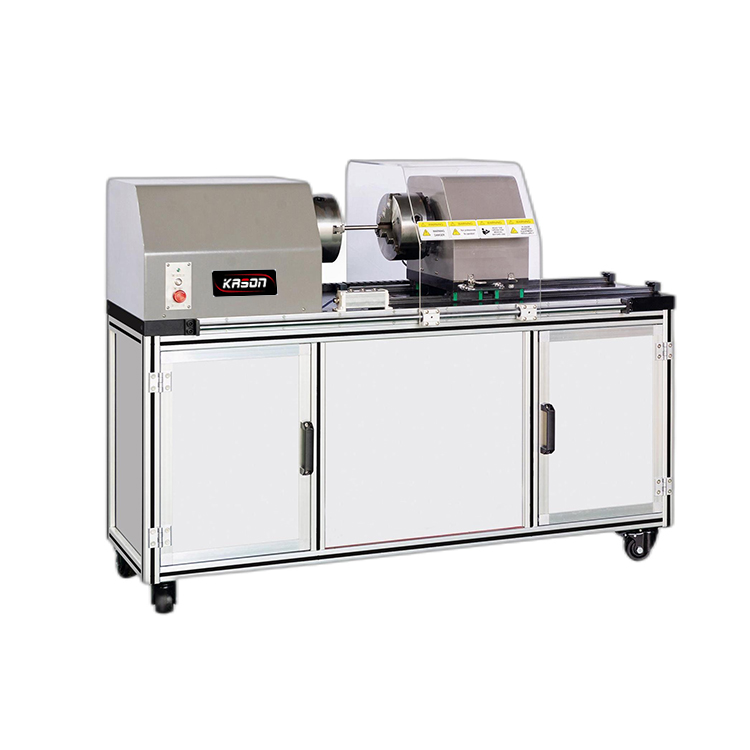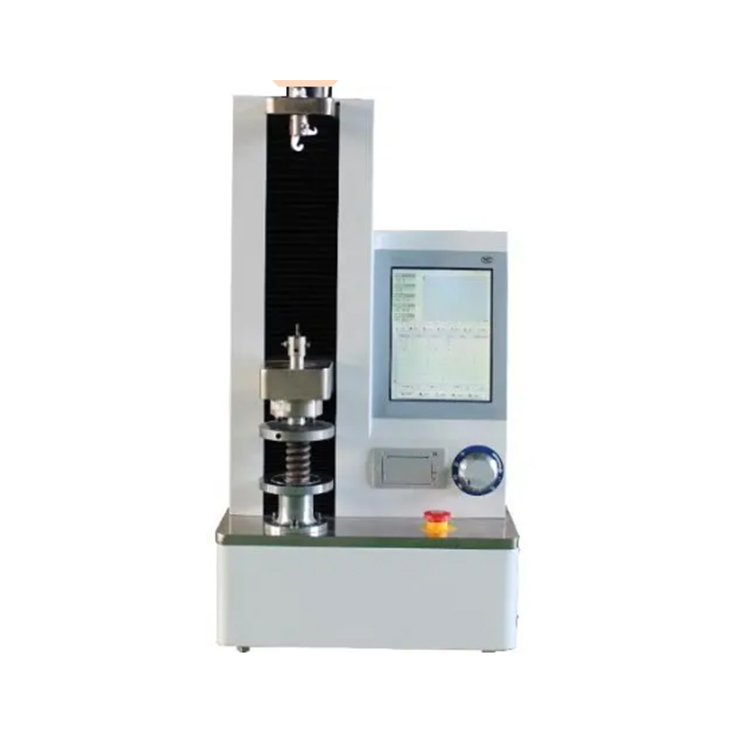ASTM D2261: Tearing Strength of Fabrics
Originally introduced in 1964, ASTM D2261 was most recently updated in 2013 and specifies the method for tear testing of fabrics by the tongue (single rip) procedure to measure the tearing strength of the fabric. This test method applies to most textile fabrics, including those that are treated and untreated, woven, knitted, or unwoven. In this test method, a cut is made in a rectangular specimen, starting a tear. The two sides of the tear are then pulled until failure, with the resulting data reflecting the strength of the yarns, fiber bonds, and fiber interlocks, as well as their resistance to tearing.Testing System
This standard requires a test frame moving at a constant rate of extension. As with most textiles testing, data rate is an important consideration, and to consistently and accurately measure the tear strength of your material it is important to remember that the data sampling rate needs to be high enough that the test peaks and troughs are adequately captured. Because of this we recommend using a higher tier materials testing system such as Kason Electronic Series, which offers a 5 kHz data acquisition rate to make sure you never miss a test event. For most textile fabrics testing to ASTM D2261, a single column frame is appropriate as the loads rarely go above 5 kN. Kason's Universal testing software offers a pre-built test method for ASTM D2261 to simplify your testing and ensure compliance with the standard.

